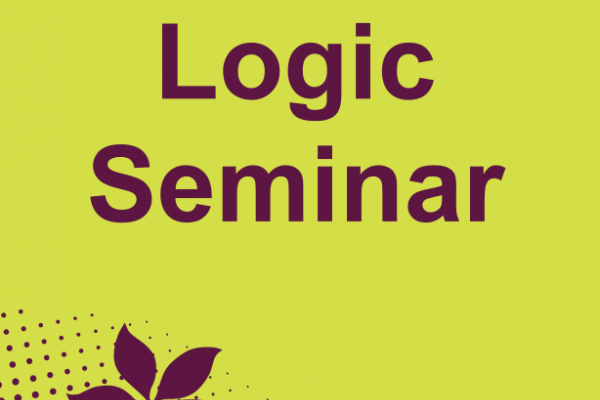
Title: Toward the model theory of the Schwartz space
Speaker: Chris Miller (Ohio State Univerity)
Abstract: Let S be the set of all Schwartz (a.k.a." tempered") functions, i.e., infinitely differentiable functions R-->C such that each of its derivatives decays more rapidly than any nontrivial rational function R-->C. It is easy to see that S can be regarded as a differential ring in the obvious way. It also is closed under the Fourier tranform. It is thus natural to consider the model theory of the expansion of S (as a differential ring) by the Fourier transform (as a new unary function). It turns out that this is connected with some very deep mathematics, and it is not reasonable to expect to obtain nontrivially conclusive results at this time. But there is much we can say about certain reducts and other associated structures (joint work with I. Goldbring, Irvine).
In this talk, I will give precise definitions and some key basic facts, say a bit about the associated mathematical difficulties, and present at least some of the statements of our partial results. Proofs will be deferred to other sessions.
